Temple is a historic complex that is home to two of London’s four Inns of Court – professional associations of barristers. The name refers to the original occupants, the Knights Templars.
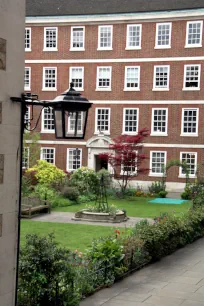
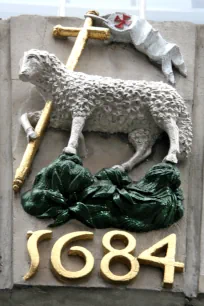
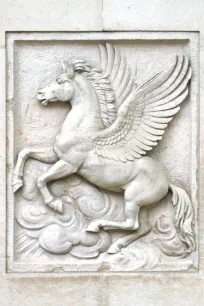
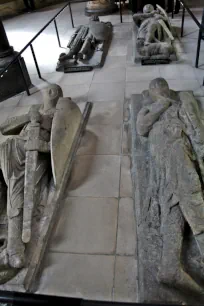
History
Around 1160 the Templars acquired a site near the River Thames where they built a chapel and a monastery with several large halls. In 1312 the order of the Templars was suppressed and in 1324 their land was handed over to the order of St. John, who leased it to law students.
King Henry VIII dissolved the monasteries in the mid sixteenth century and the crown took ownership of the property. In 1608 King James I leased the Temple buildings to two societies of lawyers: Inner and Middle Temple. The Inner Temple uses the buildings on the east side of the Temple, while the Middle Temple occupies the west side.
Temple Today
Today there is no visible distinction between Inner Temple and Middle Temple and the whole area is simply referred to as ‘Temple’. Reliefs of a Lamb and Flag (Middle Temple) and a Pegasus (Inner Temple) indicate to which Inn of Court a particular building belongs.
The area is a bit of a labyrinth with narrow passageways and can only be accessed via a number of gates. The many buildings of the Temple – there are about twenty-five – are laid out around picturesque courtyards and gardens. The Middle Temple Garden and the Fountain Court are particularly enchanting. Many of the buildings were destroyed during the Great Fire of 1666 and again during the Second World War, but fortunately they have all either been replaced or restored.
Highlights
Middle Temple Hall
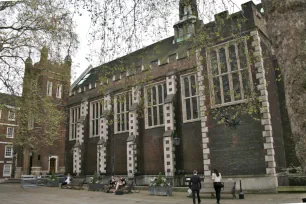
Middle Temple Hall, built in 1562-1570, is one of the few structures that survived World War II unscathed. The historic building has served as a dining hall since the Middle Ages, and it is still used as such today. In the sixteenth and seventeenth centuries it was also used for theatre performances, and one of Shakespeare’s works, Twelfth Night, premiered here in 1602.
Inside, the hall, which measures 31 meters long, 12 meters wide and 18 meters high (101x40x59 ft), has a magnificent double Hammerbeam roof. The walls are lined with a carved wooden screen.
Temple Church
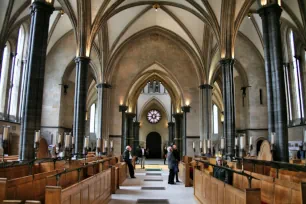
The Temple Church was originally built in 1160-1185 by the Templars as a circular chapel. In 1240, it was expanded with a rectangular nave. On the floor at the center of the original chapel lie marble effigies of thirteenth century Knight Templars. Despite suffering extensive damage during the Second World War, Temple Church is one of the best preserved medieval churches in London.
Temple Column
Just south of Temple Church stands a column that marks the spot where the Great Fire of 1666 was finally put out after it had raged for four days. At the top of the column is a statue of a horse with two knights, a symbol of the Templars. It refers to the Templars’ vow of poverty; they were (initially at least) too poor to buy a horse for each knight.
- Next: Regent's Park
- More Sights & Attractions in London

